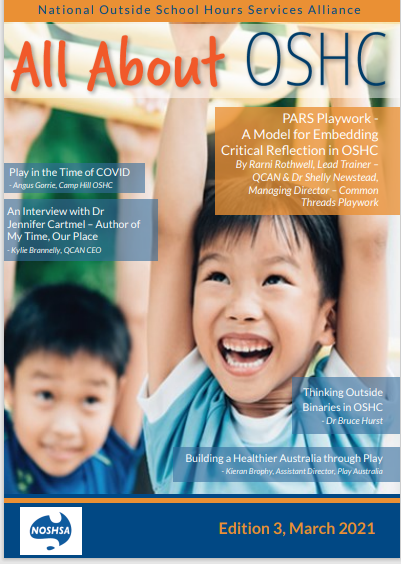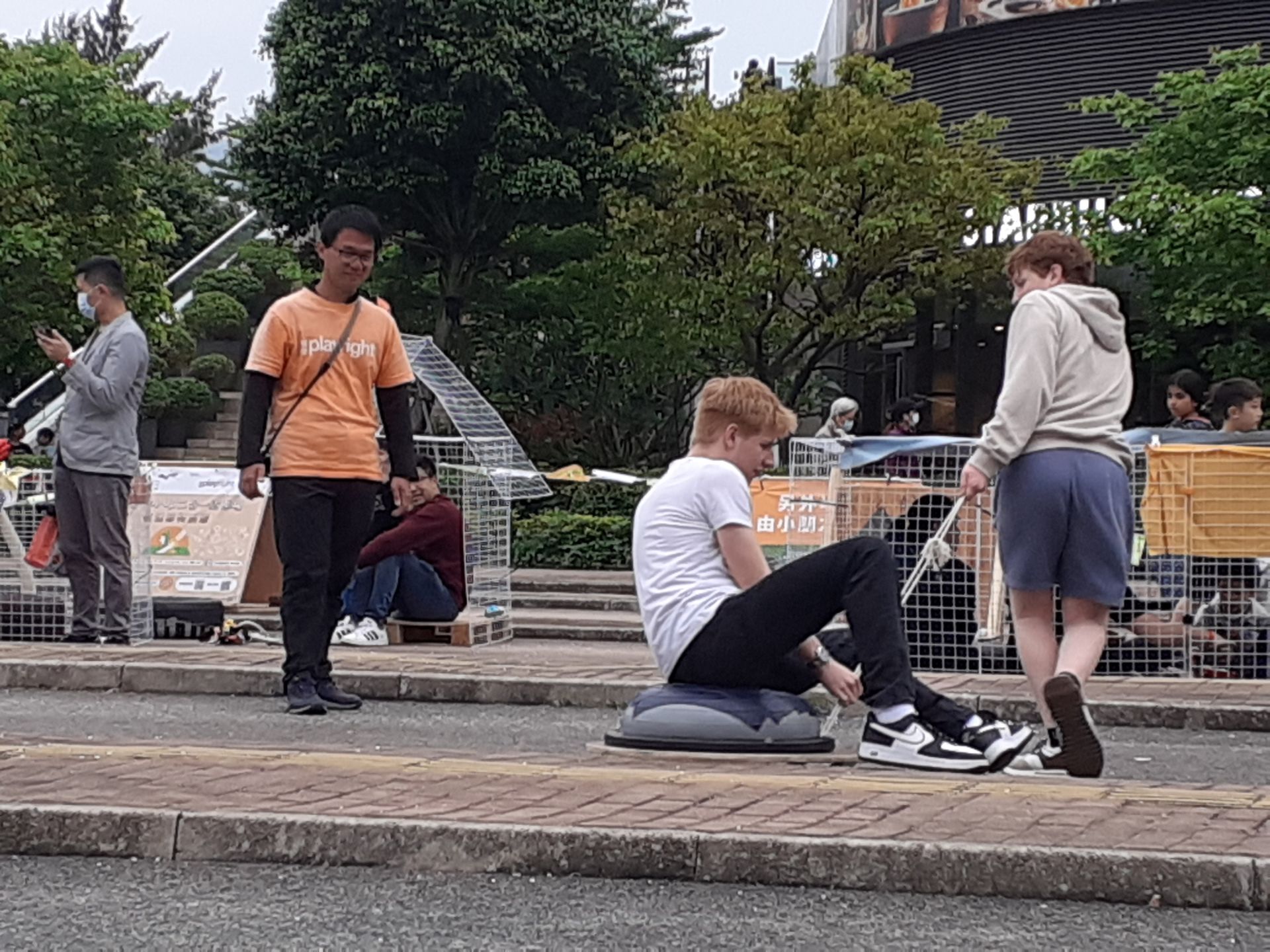
The first difference is that traditional
playwork training has focussed on playwork as space and puts the emphasis on
getting the environment right – loose parts (Nicholson, 1971), play types
(Hughes, 2002) etc. Whilst Environmental Modification is part of the PARS
model, PARS goes much further because it focuses on playwork as a practice,
rather than a service. In other words, the PARS model focuses on how adults act
and react (or not!) when they are ‘doing playwork’ with children. This of
course involves some thinking about why the PARS playwork approach
is often different to other approaches to working with children. This
doesn't mean that we think that playwork is 'better' than other approaches to
working with children - just different!
2. Not 'busy doing nothing'!
The second difference is that playwork is often seen as synonymous with ‘just standing back’ and characterised as the ‘do nothing profession’. There’s two problems with this. First of all, it’s created problems with playwork’s public image, as those outside the playwork field can’t (perhaps understandably!) see the value in adults being paid for just standing around doing nothing! And secondly, it’s really
not the case that playworkers ‘do nothing’. We often intervene in children’s time and space for a whole range of reasons. It’s just that the situations we do (or don’t) intervene in and why we do (or don’t!) intervene are often different to the choices that other professionals might make. The PARS model enables practitioners to make decisions about what’s appropriate intervention from a playwork perspective (as opposed to, say, from a teaching or even a parental perspective). It also enables practitioners to be able to explain those decisions to other people. And because PARS provides practitioners with language to explain their interventions (or lack of them), they can reassure other professionals and parents that they are, in fact, exercising their professional judgement when, to everybody else, it might just look like they are ‘busy doing nothing’!

3. Childhood, not play
The third difference is that traditional playwork focusses on the type of play which is usually described as ‘free play’, and the need for children to have this form of play in their lives and for adults to leave children to play in their own way. PARS has a broader aim, which goes back to the
original philosophy of the adventure playground pioneers, who saw play not as an aim, but an outcome. The adventure playground pioneers
recognised that play was an important part of children’s culture – a culture which was very different from the dominant adult culture. The
adventure playground pioneers felt that children were deprived not just of play, but of their childhoods by an adult world which prioritised
adult needs and perspectives at the expense of children’s needs and perspectives. The PARS model is based on that founding philosophy of the adventure playground pioneers – not children’s right to
play, but children’s right to be children, with all the ‘quirks’ and bafflements that that may involve from an adult perspective! PARS practitioners work with those divergences where the child andadult worlds meet (and often collide!), rather than going in with their own adult agendas of ‘learning’, or ‘development’, or even ‘play’. PARS playwork is therefore ‘pro-child’ (as John Bertelsen, the first playworker put it), rather than ‘pro-play’, and PARS practitioners respect and protect time and space for childhood, rather than just play.
The fourth key
difference is that the PARS model of playwork practice has been developed
from research. PARS was created by Dr Shelly Newstead as part of her doctoral
research question, 'What does it mean to do playwork from a playwork
perspective?' What tends to happen in the playwork field is that
different people from different personal and professional backgrounds take
up the idea of ‘playwork’ (maybe from going on a training course
themselves or reading a book) and then interpret – or often reinterpret -
‘playwork’ from their own perspective,
often then becoming playwork trainers themselves. Whilst this
can bring benefits in terms of new ways of thinking about playwork,
there is also a considerable downside in that playwork ends up, as
Peter Heseltine (1982) once put it, “all things to all men and women,
and about as relevant."
Shelly's doctoral research analysed over 400 original works by the UK adventure
playground pioneers to find out how they defined and described their new
approach to working with children, and found that the same theories and
practices had been repeated for several decades but had never been put together
in a holistic, accessible way. The PARS model includes the original philosophy,
theories, methods and techniques used consistently by playworkers over many
years and provides a systematic framework for anybody who works with children
in their leisure time to make professional judgements about whether it is
necessary to get involved in children's time and space.
Now that playwork is being used internationally, it’s even more important to
develop a consistent understanding of what playwork is and what it is for. This
is why three levels of PARS training programmes are accredited to ensure that
consistency of understanding and practice, no matter what type of supervised setting you work in or where in the world
that setting is.


